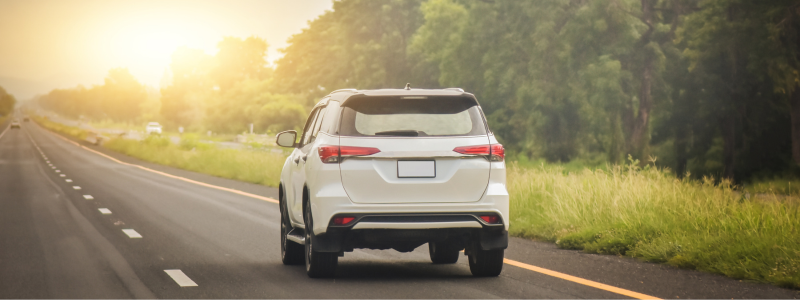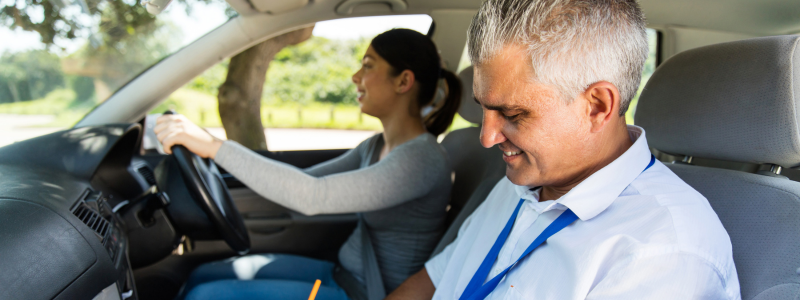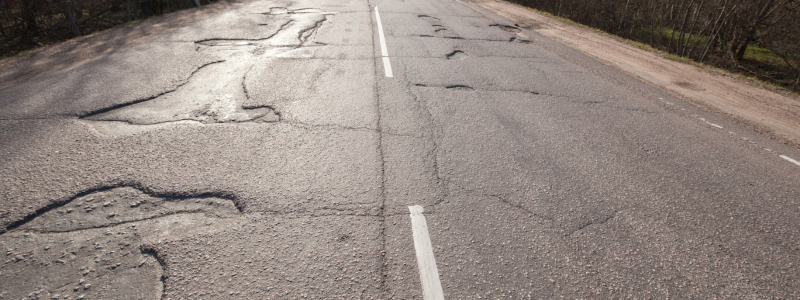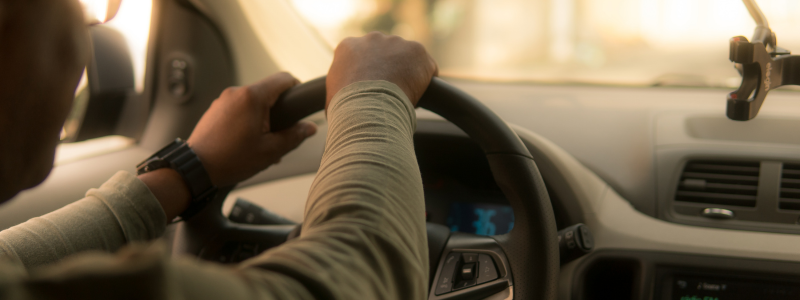Driving massively differs across countries, and Ireland is no different. We’ve compared driving in Ireland with the UK and USA, to inform those looking to drive abroad and those that are simply interested in how our neighbours at home and afar get around their roads. We have looked at driving positions, the process to become a driver, the quality of roads, culture and etiquette and road signs. Sit back and take a deep dive into what makes driving different in these countries.

Vehicle Position
In Ireland and the UK, the steering wheel is positioned on the right-hand side of the car, with drivers adopting the left-hand side of the road when driving. This is the opposite in the US, with the steering wheel on the left and the driver on the right-hand side of the road. A seemingly small change but adapting to this difference can be extremely challenging! You may as well throw all the habits you’ve built up out of the window.
If you are to drive in the USA, make sure you are well-prepared for driving on the other side! When approaching a roundabout, Irish drivers will expect traffic to move clockwise, whereas the US plays home to anti-clockwise roundabout traffic.
Another major difference is turning at junctions. In the US, you are usually allowed to turn right on a red light, but in the UK and Ireland, you must wait until the traffic light is green to proceed.
These differences can be daunting for drivers, but fear not, we have some top tips to adjust to the roads with ease:
- Practice in quiet areas: if you have just got your car, practice driving in a quiet residential area where traffic is minimal. This will give you an opportunity to become used to driving in a different position.
- Use GPS wherever possible: directions can be key to mastering the roads early on whilst you get used to being on the wrong side of the road.

Becoming a Driver
Becoming a qualified driver differs from country to country. If you were to learn to drive in the UK or Ireland your experiences would be extremely similar. The minimum age for learning to drive is 17 in both UK and Ireland, with a theory test followed by a driving test. In Ireland, you are required to complete 12 hours of Essential Driver Training before taking your test. Once you pass you are required to use L plates in the immediate period after passing.
In the USA, driver age fluctuates depending on the state, with most settling on either 15 or 16. The process of theory followed by practical is consistent in the US, with the nature of the tests again differing between each state.

Road Quality
Of the three countries, the USA boasts the most comprehensive road network, with state highways, interstates and local roads, putting it near the top globally regarding road supply.
The UK is next on our list, with major motorways and A-roads that are generally well-maintained.
In Ireland, there is still a strong offering to drivers, with a mix of modern and older motorways. Quality is relatively good across the three countries, with rural areas most likely to harbour poor road conditions.
For the UK and Ireland, both with a similar climate, the wear and tear on roads is consistent.
With the US however, roads can be completely different in one part of the country to the other. The unique landscapes of different states make rural driving slightly more unpredictable in the US than in the other two countries.

Culture and Etiquette
Understanding how drivers behave before entering one of these countries is essential to a successful driving experience.
Typically, in Ireland, drivers are polite and courteous, with the vast number of narrow country roads encouraging patience. Using indicators clearly and early is appreciated in Ireland, especially when approaching roundabouts. If you are looking to fit in with the Irish driving culture, be prepared to give way to others and have patience.
The UK is quite similar, with drivers expected to wait their turn at junctions and aggressive queue jumpers openly frowned upon. Hazard-lights are used as a thank you, with manners a major part of UK driving, so be prepared to say thank you! Similarly, if you make a mistake, a simple hand-up is enough to acknowledge your error and move on. Even with all these commitments, tail-gating is a common occurrence in UK driving, with people often close behind other drivers to encourage them to hurry up. If you find yourself in this position and feel uncomfortable, simply move to the lane to the left and let them overtake.
In the USA, etiquette very much changes with different states, with urban areas likely to see more aggressive driving than in rural areas. The red light right turn rule highlights the hurry-up culture in the US, where people seem to be getting from A to B as quickly as possible. Another important distinction to make is the lesser commitment to lane rules in the US. Drivers tend to undertake as this isn’t frowned upon as much, so be ready for overtaking from all angles.

Road Signs
Last but not least, road signs are the most differing topic discussed in this blog.
Thankfully, the UK and Ireland have similar road signs, both standardised under the Vienna Convention on Road Signs and Signals. If you are to drive in Ireland and the UK, you can relax knowing that the road signs will be clear and easy to follow.
The US signs do differ, although they are standardised across the country. In all three countries, there are internationally recognised symbols for certain signs, such as stop, and navigating your surroundings should be easy, provided you take care and use your inference for signs you may not have seen before. As a good backup, get hold of a road signs manual or google anything that seems unordinary. Nevertheless, road signs are where most differences lie, but with common sense and a calm approach, you should be able to hit the road in any of these countries with ease.
Has This Got Your Appetite Up for a New Car?
If you are looking for a new car, apply via our easy-to-use application form and receive a decision almost immediately. Apply today and start moving towards your new car.
Representative Example
Borrowing €12,500 over 54 Months with a representative of 17.9% APR, an annual interest rate of 17.9% (fixed) and a deposit of €0.00, the amount payable would be 53 repayments of €327.52 per month, with one final repayment of €526.52 (which includes the option to purchase fee of €199.00), with a total cost of credit of €5,385.08 and a total amount payable of €17,885.08.
LM Operations Ltd are a lender, not a broker. This is for illustrative purposes only and is not a quote or an offer of finance.
Our finance rates vary depend on individual circumstances and is subject to status.